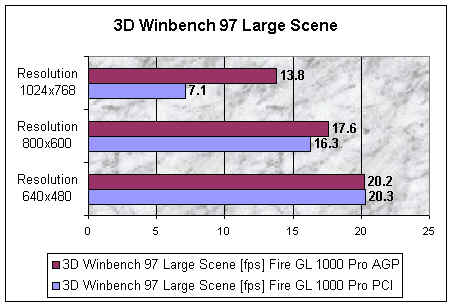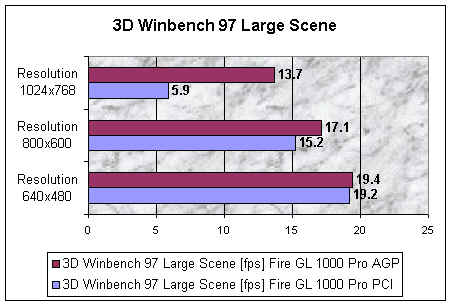
AGP will deliver a peak bandwidth
that is 4 times higher than the PCI bus using pipelining, sideband addressing,
and more data transfers per clock.
It will also enable graphic
cards to execute texture maps directly from system memory instead of forcing
it to pre-load the texture data to the graphics card's local memory.
Features that set AGP apart from PCI
|
|
|
|
|
|
Pipelined Requests | Non-pipelined |
|
|
Address/Data de-multiplexed | Address/Data multiplexed |
|
|
Peak at 533 MB/s in32 bits | Peak at 133 MB/s in 32 bits |
|
|
Single target, single master | Multi target, multi master |
|
|
Memory read/write only
No other input/output operations |
Link to entire system |
|
|
High/low priority queues | No priority queues |
What does all this mean?
| DIME | short for Direct Memory Execute, DIME allows for video card to use some of the main memory for texture memory with 3D graphics. Usually video cards have 4 MB of RAM, some have 8 MB of RAM, but DIME allows for 12, 16, or even more memory to be used by allocating some of the main system memory. |
| Pipelining | As you should know from reading Hennessy and Patterson's 'great' Computer Architecture book, pipelining is an implementation technique whereby multiple instructions are overlapped in execution. A pipeline is just like an assembly line. There are various different steps (pipe stage or pipe segments) that contribute to the end result. Each of these steps are done in parallel. The opposite of a pipelined architecture is a sequential architecture, in which steps are completed sequentially or one after another, not in parallel. |
| Sideband
addressing |
the AGP bus uses sideband signals to send addressing information separately from data. This technique allows addresss informaton to be presented to the bus concurrent with a data transaction. The result is a more efficient use of the AGP bus for data transfers. With sideband addressing, AGP utilized 8 extra "sideband lines" which allow the graphics controller to issue new addresses and requests simulataneously while data continues to move from previous requests on the main 32 data/address wires. |
| Bandwidth | the amount of data a network can transport in a certain period of time - it is the capacity for the rate of transfer, which is usually expressed in bits per second. |
To find out if the AGP bus itself is responsible for better performance, it is necessary to use two identical cards. Actually, cards that are identical other than the different slot types.
Unreal Demo, by GT Interactive
Software - used a time demo to measure the frames per second (FPS) of the
3D rendering:
Result:
AGP = 18.36 FPS and PCI = 18.1 FPS
Windows 95 Benchmarks - 3D Winbench Large Texture Scene
AOPEN AX6L

FIC KL-6011
